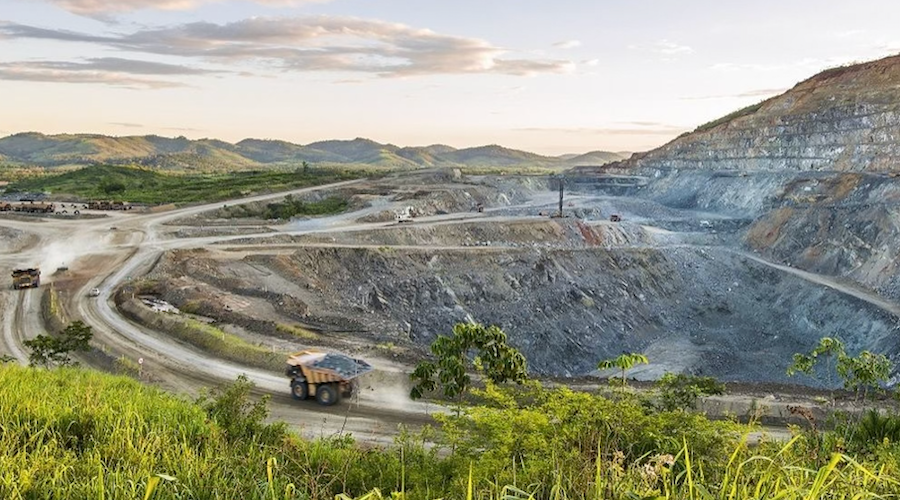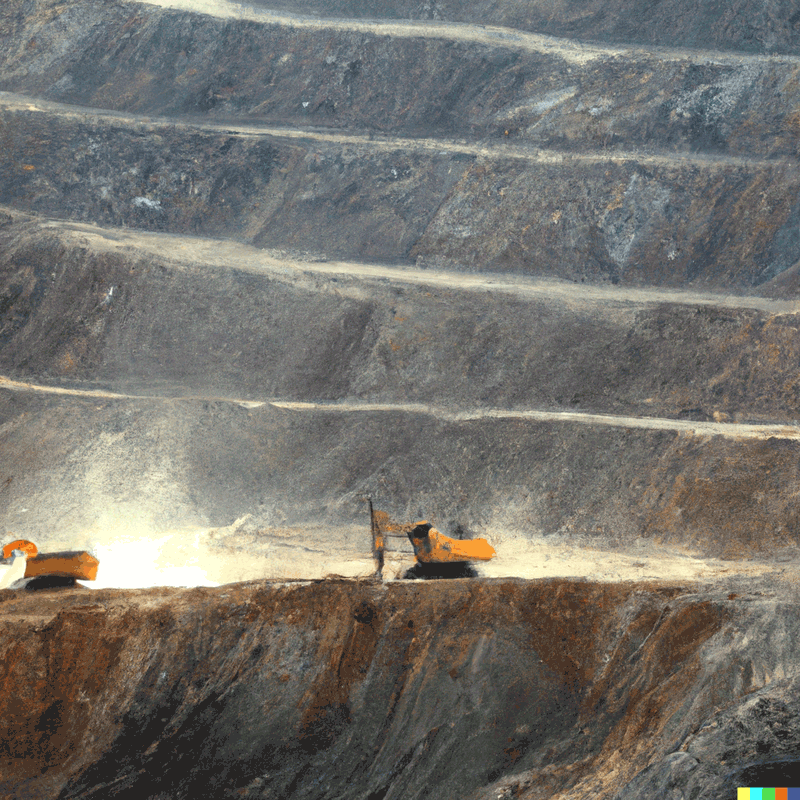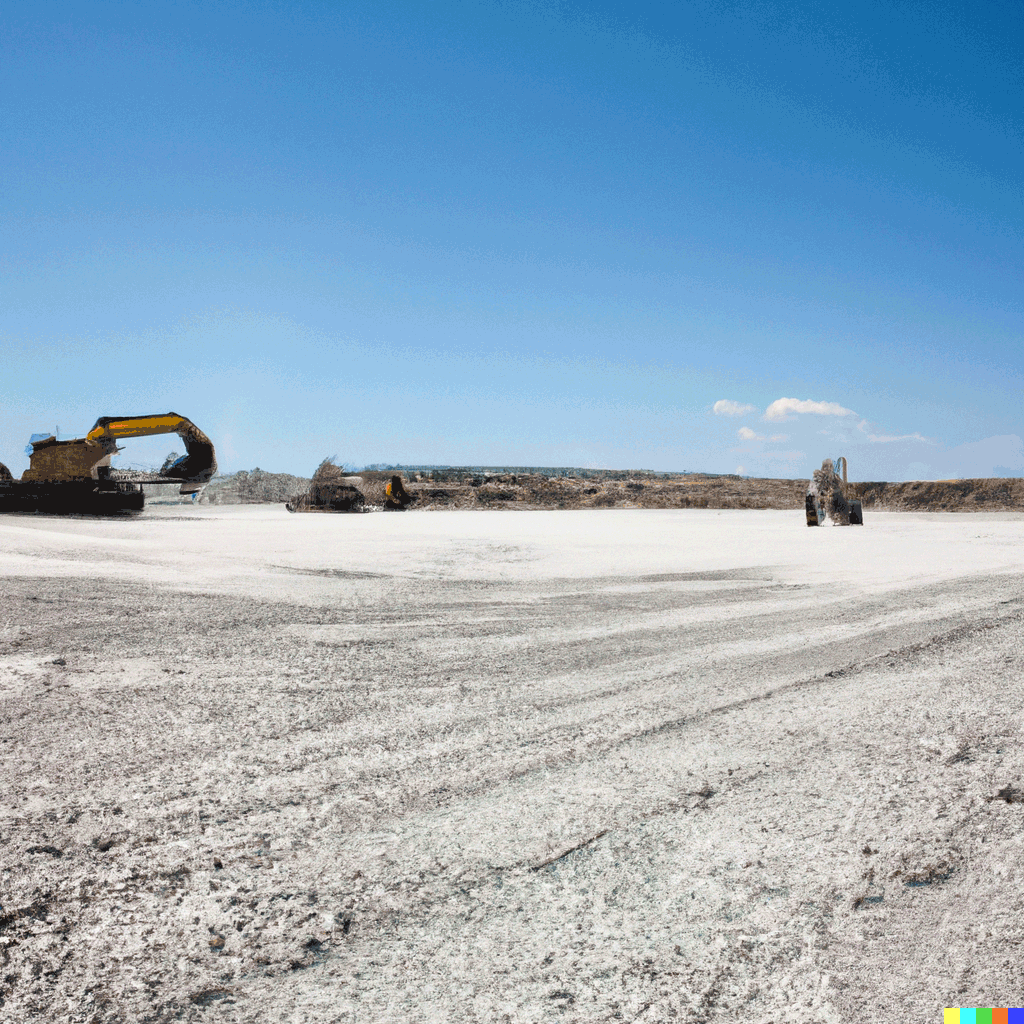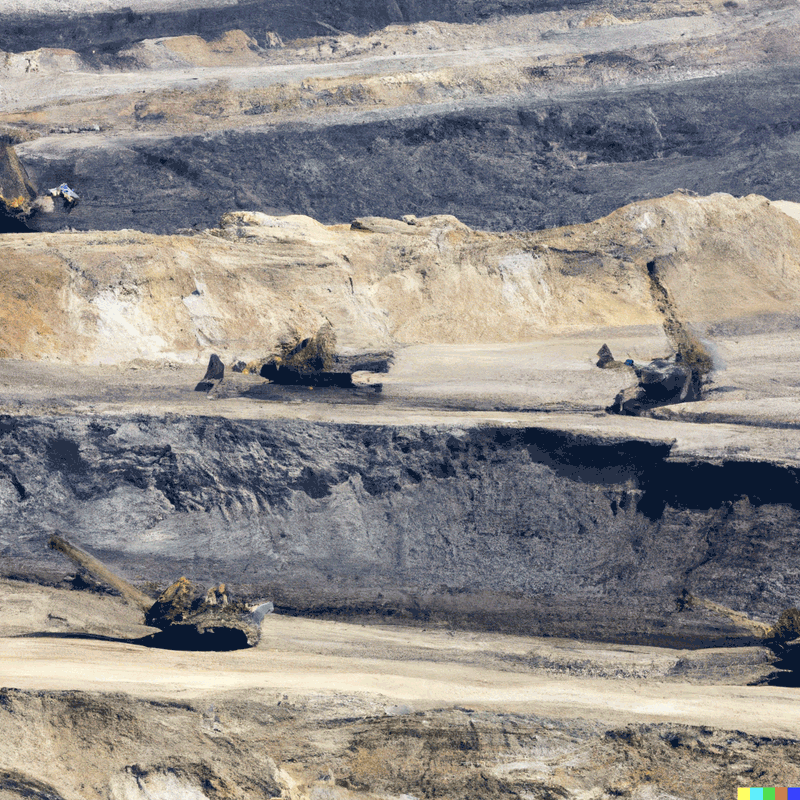A downturn in some of the highly touted energy-transition metals is causing disruptions throughout the mining sector. This has led to project delays, thwarted deals, and a race for funding that is poised to impact the industry for years. Lithium, a crucial metal for electric-vehicle batteries, has experienced an over 80% drop from its late-2022 peak, oscillating between fears of shortages and an oversupply glut. Nickel and cobalt have also witnessed significant declines due to increased production and uncertainties about the anticipated smooth and rapid transition to electric vehicles.
This marks a significant shift from the enthusiasm of recent years when prices surged, prompting major players in the auto industry to secure future supplies. Presently, numerous automakers are hesitating and withdrawing from deal negotiations, as revealed by mining investment bankers and industry executives. The subdued prices are creating challenges for mine developers in securing funds from conventional sources, coinciding with the industry’s struggle against widespread inflation, elevating the expenses of initiating new projects.
In response to a downturn in cobalt prices, Chema Resources Ltd. sought a buyer last year, facing challenges in completing crucial projects in the Democratic Republic of Congo. Similarly, Horizonte Minerals Plc, based in London, reduced operations at its Brazilian nickel mine due to funding constraints for construction, unveiling a $20 million emergency financing plan late last year.
Junior producers are facing severe challenges, with Australia’s Core Lithium Ltd. announcing the suspension of mining operations at its Grants open pit mine due to unfavorable conditions, anticipating a write-down. Additionally, nickel miner Panoramic Resources Ltd. is halting its flagship mine, having entered voluntary administration last year amid unsuccessful attempts to secure a buyer or partner.
The upheaval is expected to have enduring effects on supply, diverging from the increasing government focus on ensuring future access to critical minerals. Establishing new mines is a lengthy process, sometimes spanning years or even decades, and resuming stalled projects can be challenging. Despite current surpluses in key battery markets, projections indicate potential shortages by the end of the decade as the push for a greener economy gains momentum.
Tom Price, Head of Commodities Strategy at Liberum Capital, emphasizes the conventional nature of EV input markets like lithium and cobalt, where price collapses lead to project cutbacks and supply reductions, akin to other commodity markets. Price advises investors to await tangible evidence of such rebalancing among the world’s lithium and cobalt miners before considering exposure.
In recent years, battery metals emerged as a promising sector within the mining industry. With the diminishing long-term demand for traditional commodities like iron ore and coal, a burgeoning demand for materials such as copper and lithium presented a growth opportunity.
Governments and manufacturers globally sought to secure future supplies, offering a chance for the mining industry to rebrand itself as a solution to climate change, providing essential materials for transitioning away from fossil fuels. However, an oversupply situation ensued as demand growth fell short, leading to a significant decline in prices.
The rush for funding is bringing heightened attention to investors still willing to inject capital into the mining sector. Over the past year, Saudi Arabia has emerged as a significant player, aiming to diversify beyond fossil fuels by acquiring a 10% stake in Vale SA’s nickel and copper business. The kingdom’s annual mining conference, currently underway in Riyadh, has attracted a notable lineup of CEOs, industry bankers, investors, and analysts.
Despite some investors stepping back, the decline in share values has spurred increased interest in dealmaking within specific segments of the mining industry, such as small and mid-sized lithium producers in Western Australia. Analysts predict that the recent surge in activity in this region is likely to persist.










